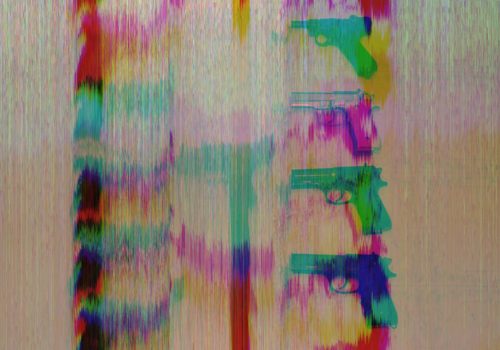The Green Book stands as a symbol for the totalitarian regime imposed by its author Muammar Gaddafi in Libya, and more generally, for the process of ideological manipulation. Required read for every citizen, the book sets out the principles of a global political theory, simply called “Third Universal Theory”, which effectively paralyzed the nation for nearly forty years. It reads: “The Green Book announces to the people the happy discovery of the way to direct democracy […], the problem of democracy in the world is finally solved”. Based on unintelligible statements such as “Nationalism in the world of man and group instinct in the animal kingdom are like gravity in the domain of mineral and celestial bodies”, it unfolds over 24 chapters, one for each hour of the day. Gaddafi symbolically invades every slot of freedom, interfering in individuals’ real-time in order to recondition their free will.
This article is reserved for subscribed members only. If you are already a member, you can log in here below.
Subscribe for full access to The Eye of Photography archives!
That’s thousands of images and articles, documenting the history of the medium of photography and its evolution during the last decade, through a unique daily journal. Explore how photography, as an art and as a social phenomenon, continue to define our experience of the world. Two offers are available.
Subscribe either monthly for 8 euros (€) or annually for 79 euros (€) (2 months offered).
















